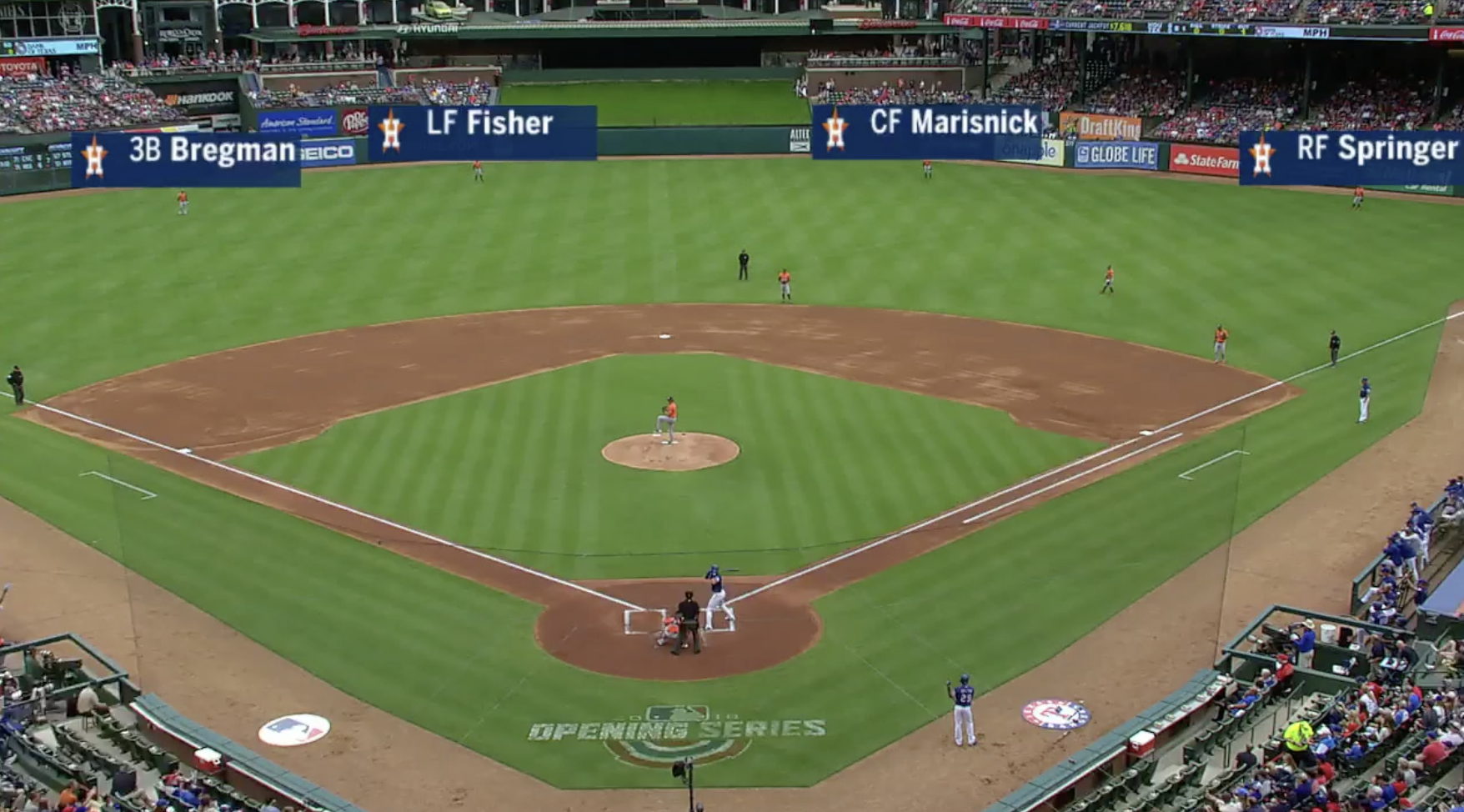The 2017 season was a disheartening one for the Blue Jays. After back-to-back trips to the ALCS in 2015-16 — their first two postseason appearances since 1993 — they faceplanted out of the gate, losing 11 of their first 13 games. They never reached .500, going an improbable, Sisyphean 0-8 in games that would have evened their record. Amid injuries to Josh Donaldson, Russell Martin, Aaron Sanchez, Troy Tulowitzki and others, not to mention the collapse of Jose Bautista, they finished fourth in the AL East with a 76-86 record, their worst showing since 2013. This winter, they stayed out of the deep end of the free-agent pool, making a few low-cost additions plus a handful of trades that hardly qualified as blockbusters. Yet as of Opening Day, they were projected for 84 wins, the league’s fifth-highest total. What in the name of Cito Gaston is going on?
To these eyes, the Blue Jays’ projection is like the flip side of the Brewers’ one that raised my eyebrows a few weeks ago. Recall that the Brew Crew quickly turned around from their rebuilding effort and won 86 games last year while remaining in the NL Wild Card hunt until the season’s final weekend. They added Lorenzo Cain and Christian Yelich over the winter, and didn’t lose anyone of importance save August acquisition Neil Walker, yet their projection called for just 78 wins.
As for the Blue Jays, when one considers that they had the majors’ oldest lineup (weighted average age of 30.9 years according to Baseball-Reference), and that even with the jettisoning of Bautista, all of this year’s projected regulars save two are on the wrong side of 30, it’s at least worth wondering why our projection system (which is driven by Steamer and ZiPS but with manual judgment in terms of distributing playing time) is so keen on them.
As I did for the Brewers, here’s a position-by-position comparison between our Depth Charts (as of March 29, Opening Day) and last year’s splits. All rankings are AL-only:
Blue Jays, 2017 vs. 2018
| Position |
2017 WAR |
AL Rk |
2018 WAR |
AL Rk |
Dif |
| C |
0.3 |
15 |
2.7 |
4 |
2.4 |
| 1B |
3.1 |
6 |
2.3 |
5 |
-0.8 |
| 2B |
0.3 |
12 |
2.4 |
8 |
2.1 |
| SS |
-0.4 |
15 |
2.2 |
9 |
2.6 |
| 3B |
4.9 |
1 |
6.2 |
1 |
1.3 |
| LF |
0.3 |
13 |
1.5 |
8 |
1.2 |
| CF |
2.0 |
10 |
2.9 |
6 |
0.9 |
| RF |
0.2 |
14 |
1.9 |
6 |
1.7 |
| DH |
-0.6 |
7 |
0.9 |
10 |
1.5 |
| SP |
10.7 |
7 |
13.4 |
6 |
2.7 |
| RP |
5.8 |
5 |
3.3 |
7 |
-2.5 |
| Total |
26.6 |
|
39.7 |
|
13.1 |
2017 data is actual splits by position, 2018 is depth chart estimates as of March 29.
The first thing to note is how distressingly godawful the Jays were at so many positions last year. In terms of WAR, they ranked among the league’s bottom four teams at five positions, including dead last at catcher and shortstop, and received 0.5 WAR or less from six different positions including DH, with a net of 0.1 WAR for those half-dozen spots. Only at first base (Justin Smoak) and third base (Donaldson) did they receive significantly above-average work; in the latter case, that was despite the majors’ top third baseman playing just 104 games at the position due to a calf strain. Thankfully, they also received above-average production from their pitching staff, without which they might have been relegated to the independent Canadian-American League.
Read the rest of this entry »


